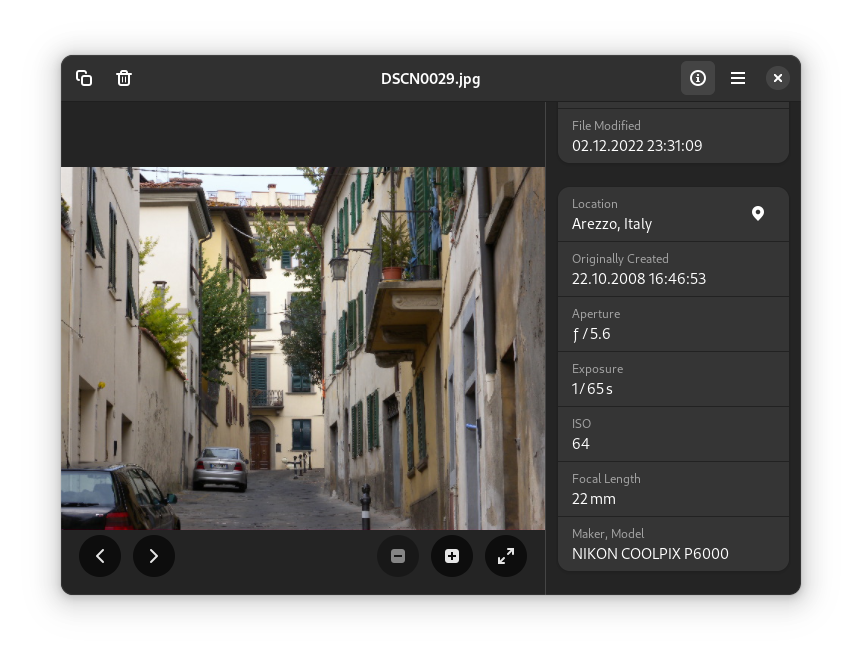GNOME is one of the most popular desktop environments for Linux, and it’s used in Ubuntu, Fedora, and other desktop distributions. The next major release, GNOME 45, is now officially in beta testing ahead of its inclusion in Ubuntu 23.10 and other operating systems.
GNOME 44 was released in March of this year, with a reorganized Settings app, updates to the Files app, a GTK4 overhaul for the default web browser, and other helpful changes. GNOME 45 is following up on that with a few changes to the core applications. The Loupe app developed by Christopher Davis and Sophie Herold is the new default image viewer in GNOME, replacing the Eye of GNOME viewer that has been included for years. The new app will still be called “Image Viewer” in the desktop environment to avoid confusion. There’s also a new camera app replacing the long-running Cheese tool: Snapshot, developed by Maximiliano Sandoval and Jamie Murphy, which will be branded as “Camera.”
GNOME 45 is also removing the Photos app with no replacement. The blog post explains, “This application could have been retained if more developers were interested in it, but we have made the decision to remove it due to lack of volunteers interested in maintaining it. Photos will likely be archived eventually, unless a new maintainer volunteers to save it.” The Photos app can edit images, unlike Image Viewer — if you want to make edits (and the Linux distribution you’re using doesn’t have an alternative), you’ll have to reinstall Photos or download another editor like GIMP.
GNOME 45 also includes a new background image, an improved setup process, a preferences window in the Console app, and performance improvements. You can try it out now in a virtual machine or a real PC with the official installer image or wait for it to be included in your Linux distribution of choice later this year. GNOME 45 is expected to ship with Ubuntu 23.10 in October of this year, and in the upcoming Fedora 39 update. However, many Linux distributions change the default theme or included applications, so you won’t get the intended GNOME experience unless you use Fedora. For example, even though Ubuntu ships with GNOME, it adds a custom theme, an app sidebar, and a different app store.
Source: GNOME Discourse, GNOME Blog, Phoronix




